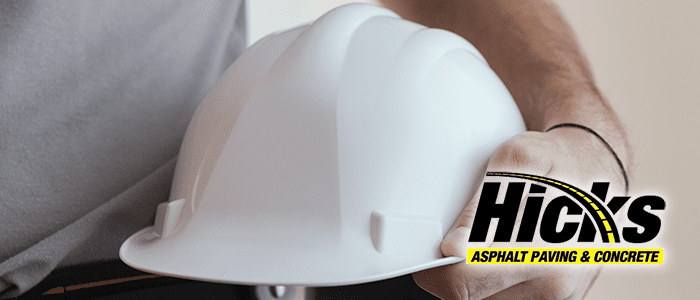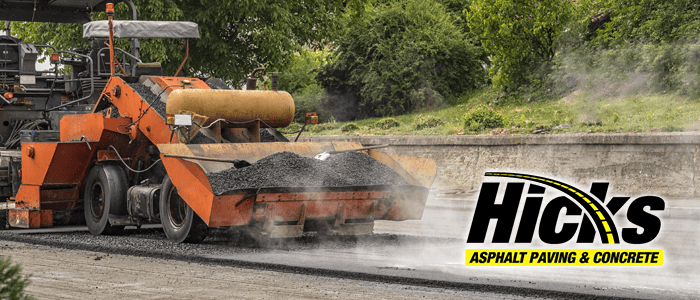The career as an asphalt paver can have just as many hazards as any other. In 2017, two deaths on-the-job were attributed to tragedies. One, an asphalt paver rolled over a certain Jake Eiler, 58, and another where a worker named Marty Dale Whitmire was struck by falling power lines from a dump truck hitting a pole. On occasion, even the best of us can forget the basics of asphalt paving safety. It’s helpful to have a few tips and reminders to refresh your memories on proper asphalt paving safety on the site. This is for the protection of yourself and your crew.
A Roller Operator’s Nemesis
“Struck By” accidents are accredited to over 10% of fatalities in construction. One of the most frustrating parts of being a roller operator is dealing with the various workers crowding around your machine to gawk at what you’re doing. There are blind spots to check constantly, which is difficult when operating a multi-ton rig. It would be better practice for workers to keep a more respectful distance to the machine to prevent unintended accidents like those that happened to Jake Eiler.
If able, keep the workplace clear, be sure to have the foreman direct watchers away if there’s no need for them to be there. Also, prevent workers from walking in front, beside, or behind moving vehicles. Alongside the vision-recommendation, a three-foot gap at all times is recommended. It’s better to be safe than sorry.
Poor Footing
One of the most common causes for equipment operators’ injury isn’t from accidents; it’s from simply mounting their vehicle. The equipment used on site is often large, difficult to maneuver onto, and worse to step down.
Always be absolutely sure you’re confident on foot placement; what you’re stepping onto, elsewise a fall from higher rigs can be quite dangerous. It’s recommended that you always maintain three points of contact when moving from equipment to mitigate the risks associated with these larger rigs.
Dehydration
Another risk factor when working with asphalt in the summer months is dehydration and heatstroke. Both conditions can be dangerous if left ignored or unchecked, so don’t be too tough to take a drink. After all, you’re working with a hot mixture that’s roughly between 275F and 300F. Combining the burning material and the blazing summer sun can quickly lead to heat exhaustion and fluid loss for even the best workers among us. Keep hydrated, don’t slack on water. It’s recommended that, for every pound of lost body weight, you should consume at least sixteen ounces of fluid to replace it and keep you safe.
If you start feeling dizzy, weak, or anything that begins to look dire, don’t hesitate to inform your foreman you need a break to rehydrate. When working with such dangerous materials, the last thing anyone needs is someone falling into the pit.
Fire Risks
In conjunction with workers’ dehydration, there’s also a risk of flames from the immense attributed to the material. Be sure to check your OEM suppression systems regularly. The heat from working with asphalt can be just as damaging to your vehicles’ rubber material as it is to you. Train your staff to be prepared for emergencies. Keep them informed and well-regulated to make even the worst accidents somewhat serviceable. With a good team, any task can be overcome.
With that in mind, be sure to have portable fire extinguishers ready at all times in your service rigs; you never know when an event might call for one to be brought out.
Lifting
Lastly, we come to lifting, one of the most common injuries for pulled muscles, strained backs, and on-the-ground causes for early-career endings. Lifting is an art form as much as it is a necessary skill, many can improperly perform the act. As almost every training session has stated, be sure to always lift with your legs, not your back. The strain can be devastating to your body with just the slightest wrong move.





